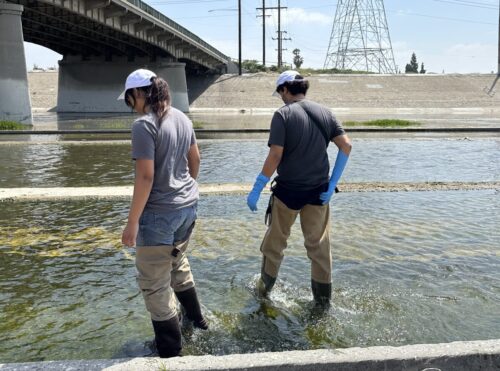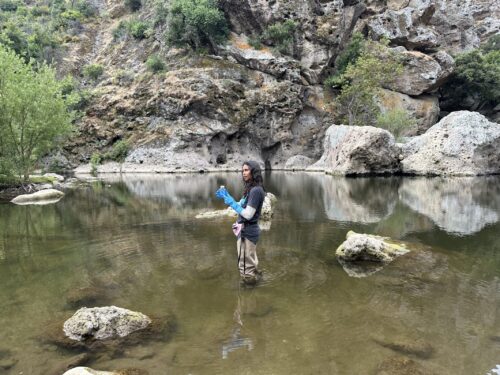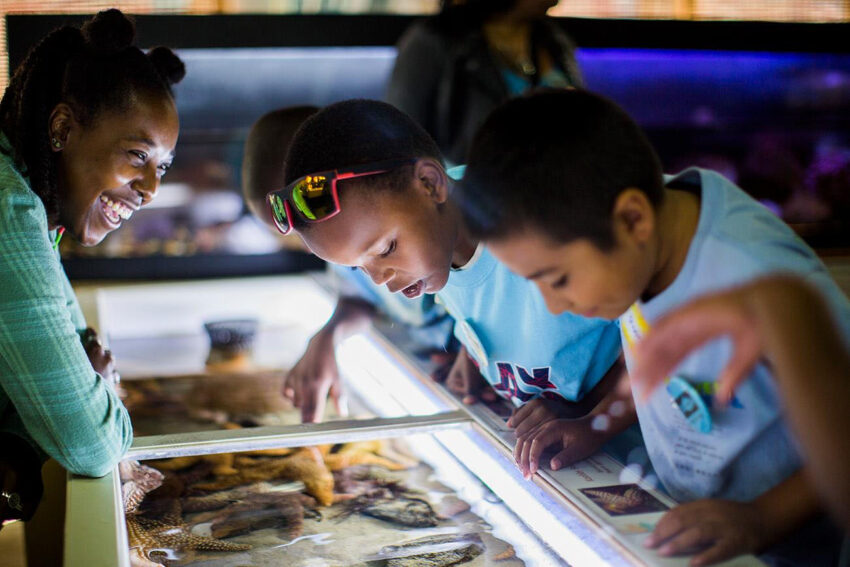Our 2023-2024 River Report Card
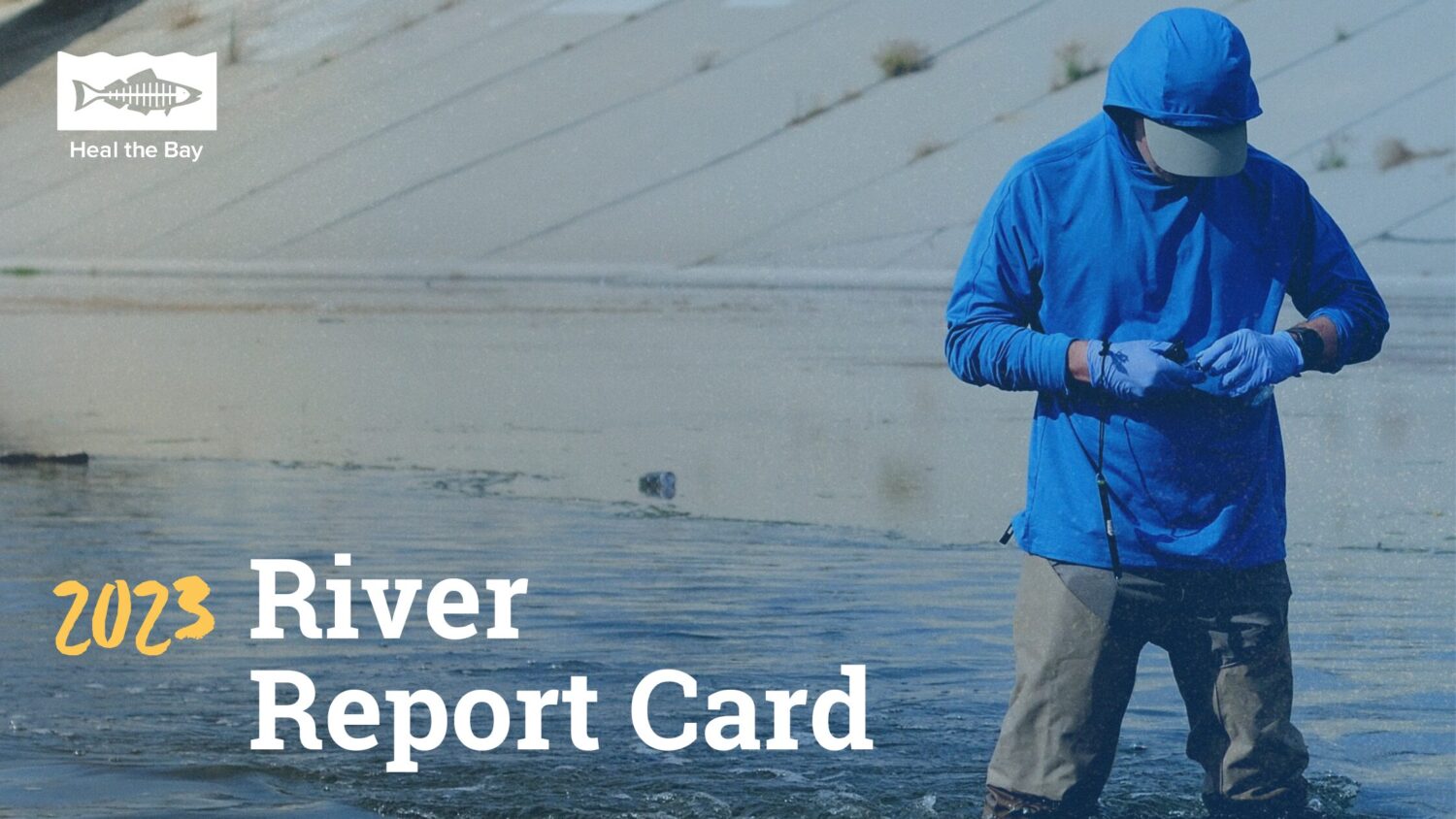
Which freshwater sites in L.A. made the grade in our annual pollution rankings?
Heal the Bay today released its annual ranking of freshwater summer recreation areas in Los Angeles County based on levels of fecal indicator bacteria. Twenty-two (or 64%) of 35 sites received A+, A or B grades for summer 2023.
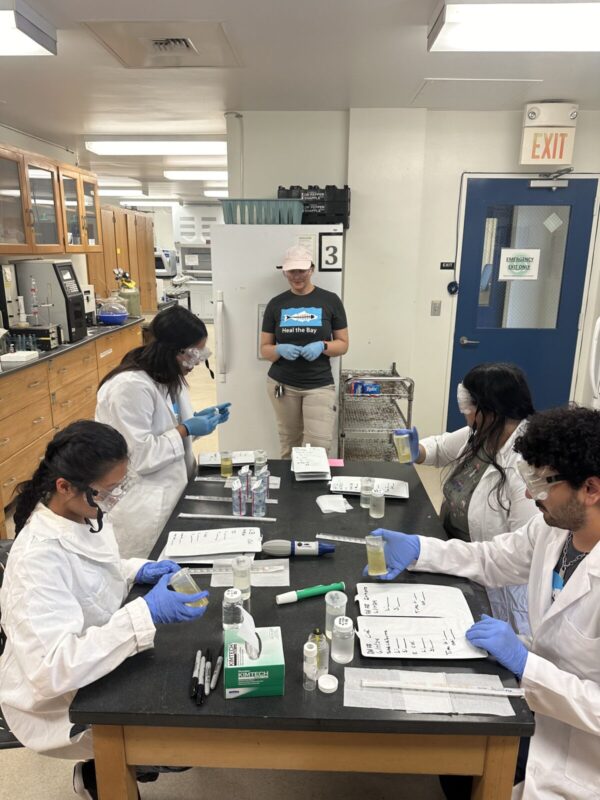
Those high marks indicate that these areas are safe for swimming, kayaking, fishing and other recreational uses.
The entire greater L.A. watershed – from the mountain to the sea – is all connected. The health of the ocean cannot be separated from the health of the inland waterways that feed it.
So, it’s encouraging that freshwater recreation sites earn safe water quality grades a majority of the time. But there’s room for improvement – especially considering that 90% of L.A. ocean beaches scored very good grades during the same summer period.
The Honor Roll
Ten sites earned an annual A+ grade:
- Hansen Dam Lake (L.A. River Watershed – Upper)
- Hidden Springs (L.A. River Watershed – Upper)
- Big Tujunga Creek at Vogel Flats (L.A. River Watershed – Upper)
- Big Tujunga Creek at Delta Flats (L.A. River Watershed – Upper)
- Gould Mesa (L.A. River Watershed – Upper)
- San Gabriel River Upper West Fork (San Gabriel River Watershed)
- San Gabriel River Upper East Fork (San Gabriel River Watershed)
- San Gabriel River East Fork at Cattle Canyon (San Gabriel River Watershed)
- San Gabriel River at Upper Cattle Canyon (San Gabriel River Watershed)
- Malibu Creek at Rock Pool (Malibu Creek Watershed)
The further one travels down the L.A. River Watershed, the worse the water quality. Pollutants enter from runoff that flows from highly urbanized and industrial areas in the lower River. Sites in these areas dominate our list of freshwater spots that chronically score poorly for bacterial pollution.
Freshwater Fails
Six sites received an annual F grade, which placed them on our Freshwater Fails list. Water contact should be avoided in these areas:
- L.A. River at Compton Creek (L.A. River Watershed–Lower)
- L.A. River at Compton Creek Confluence (L.A. River Watershed–Lower)
- Bull Creek (L.A. River Watershed–Upper)
- Tujunga Wash at Hansen Dam (L.A. River Watershed–Upper)
- L.A. River at Willow St. (L.A. River Watershed–Lower)
- L.A. River at the confluence of Rio Hondo (L.A. River Watershed–Lower)
Sources of pollution include urban runoff, leaks or spills from wastewater systems, illegal discharges, and failing wastewater infrastructure. Contact with fecal bacteria can cause a slew of health problems.
Unlike ocean beaches, there is no statewide oversight, standardization, or funding for freshwater bacterial monitoring, nor are there mandated public water quality notifications for freshwater recreational areas. Regulatory permits for discharge into surface waters often require monitoring, but the data collected are not typically shared with the public in an accessible format.
To fill that gap, Heal the Bay has monitored freshwater recreational areas since 2014. We invested in the expanded River Report Card in 2017 and made it available for free to the public.
“Heal the Bay is committed to ensuring everyone is informed about the condition of their local waters,” said Dr. Tania Pineda Enriquez, the staff scientist who assembled this year’s report. “We want to enable all residents to make safe choices when they recreate at our increasingly accessible and popular freshwater recreational areas.”
Heal the Bay’s science and policy team urges local government agencies to take the following steps to better protect public health in freshwater recreation spots:
· Pursue reasonable ratepayer hikes to upgrade outdated sewage treatment facilities and prioritize public investment in nature-based, multi-benefit stormwater capture infrastructure.
· Provide greater transparency and urgency in alerting the public about potential health hazards at pollution-impacted waterways
· Use consistent and comprehensive water quality testing year-round to include established culture-based methods and new rapid testing, where appropriate, with additional studies to evaluate new methods.
Read the Full River Report Card
Before heading to the water, the public can see updated water quality grades for their local freshwater recreation areas at healthebay.org/riverreportcard. iPhone users can also download the Beach Report Card app on their mobile devices.
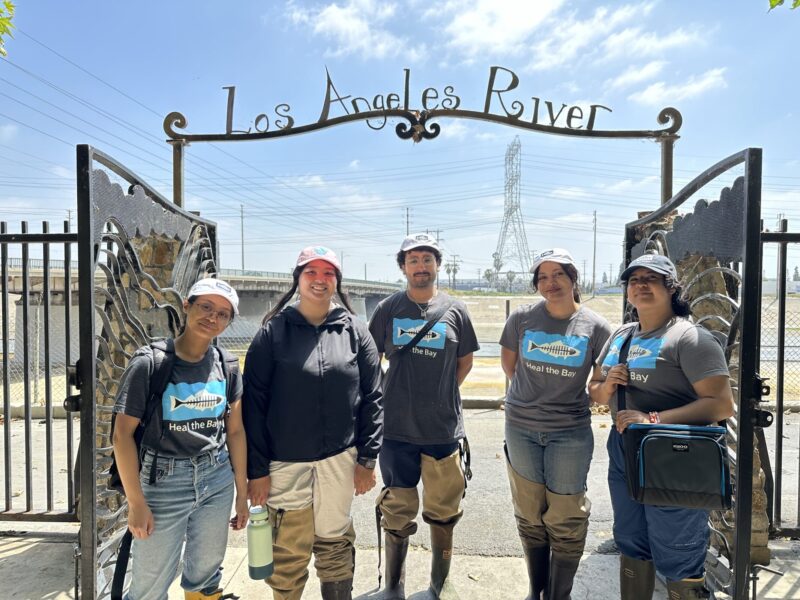
We also want to send a special shout-out to our local college students that helped collect and analyze water quality data. The report would not be possible without their diligence and hard work.
We welcomed 12 associates to our river monitoring program last year — the highest number of hires in a single summer to date. Students hailed from California State University Long Beach, University of California Los Angeles, Los Angeles Trade Technical College, and California State University Los Angeles, with graduates from University of California Santa Cruz and Santa Barbara.
Additionally, our ongoing partnerships with Los Angeles Trade Technical College and California State University Long Beach have significantly expanded our operational reach. By using their laboratory facilities to process river water samples, we have enhanced our capacity for water quality monitoring and analysis.



